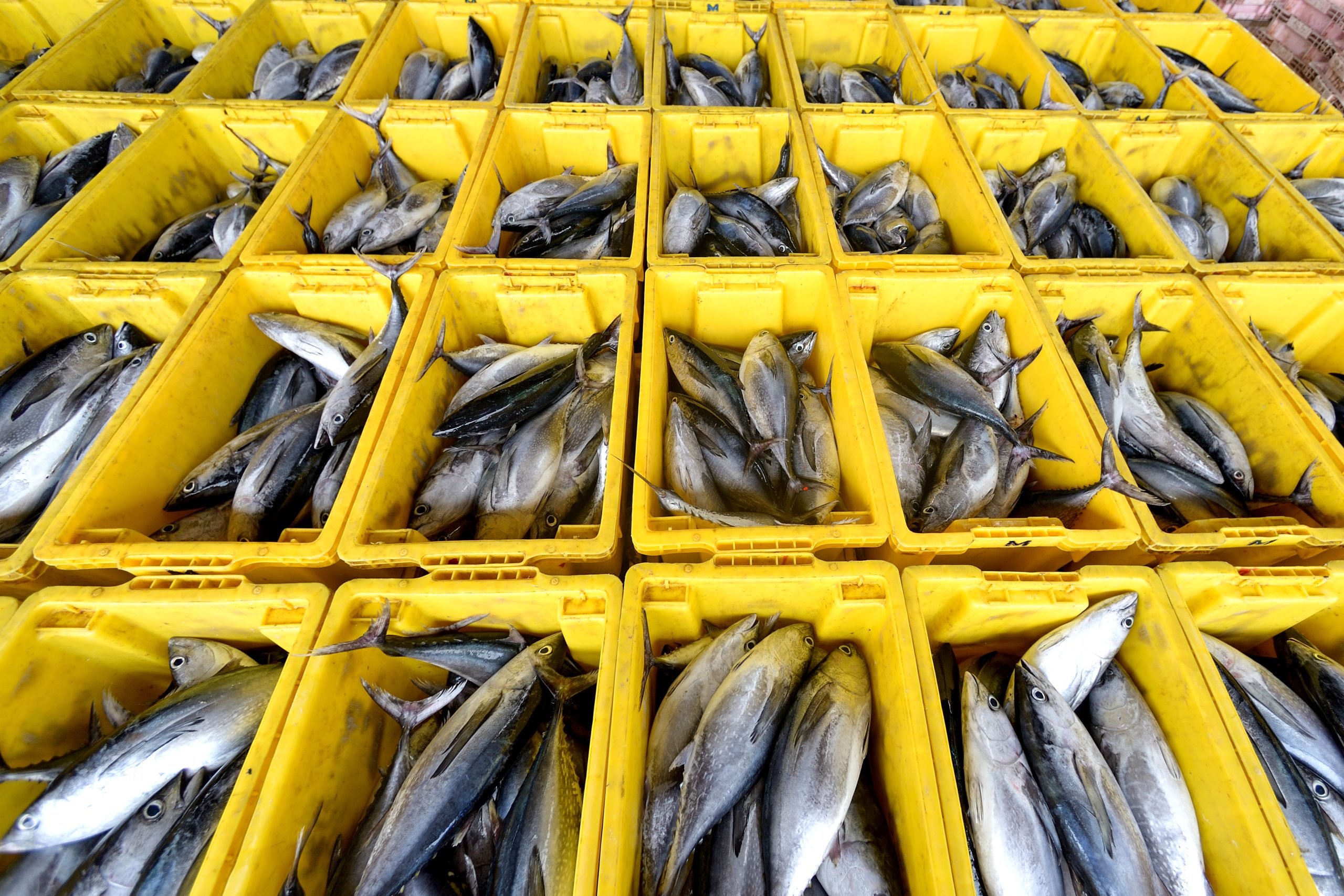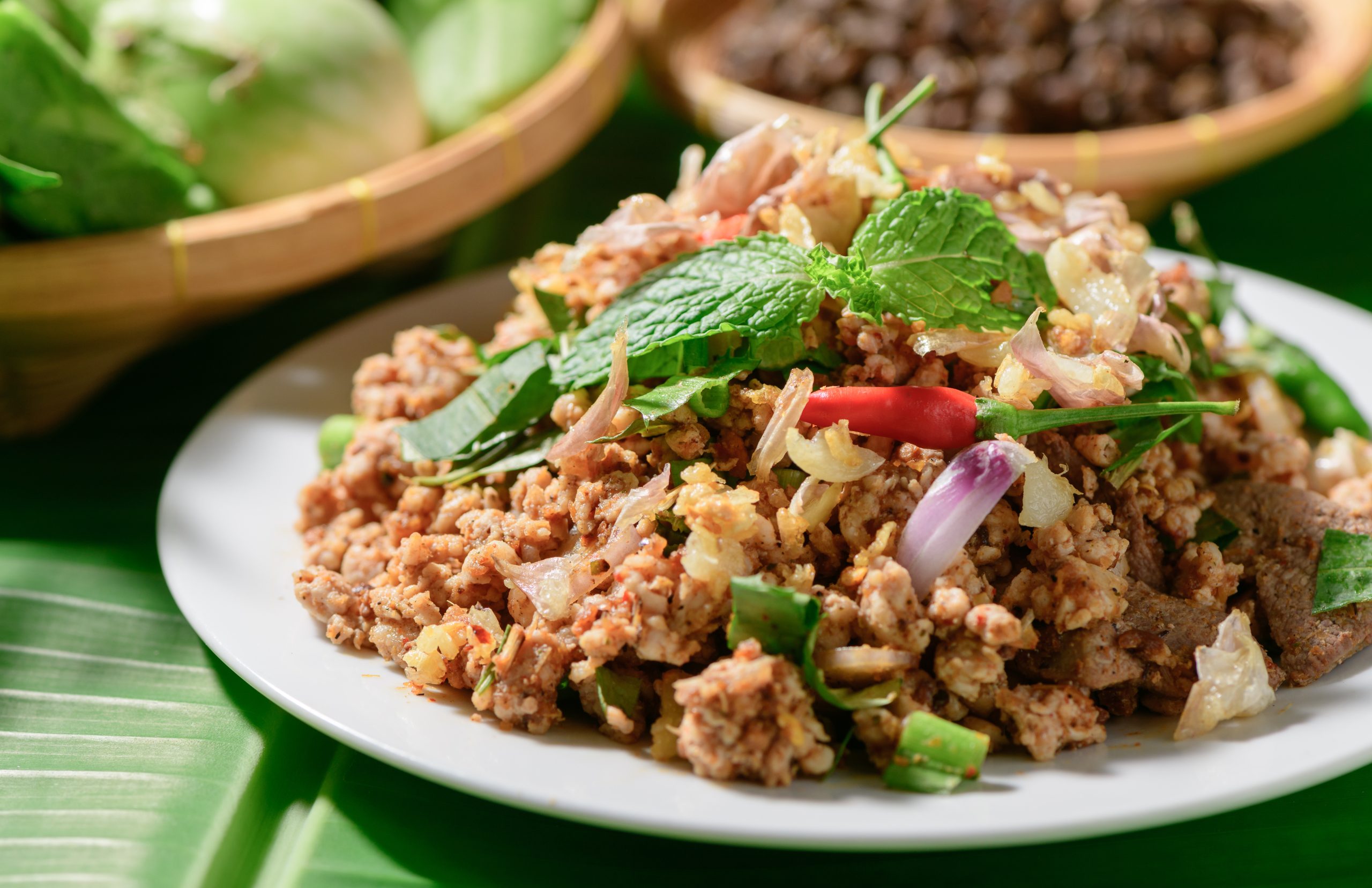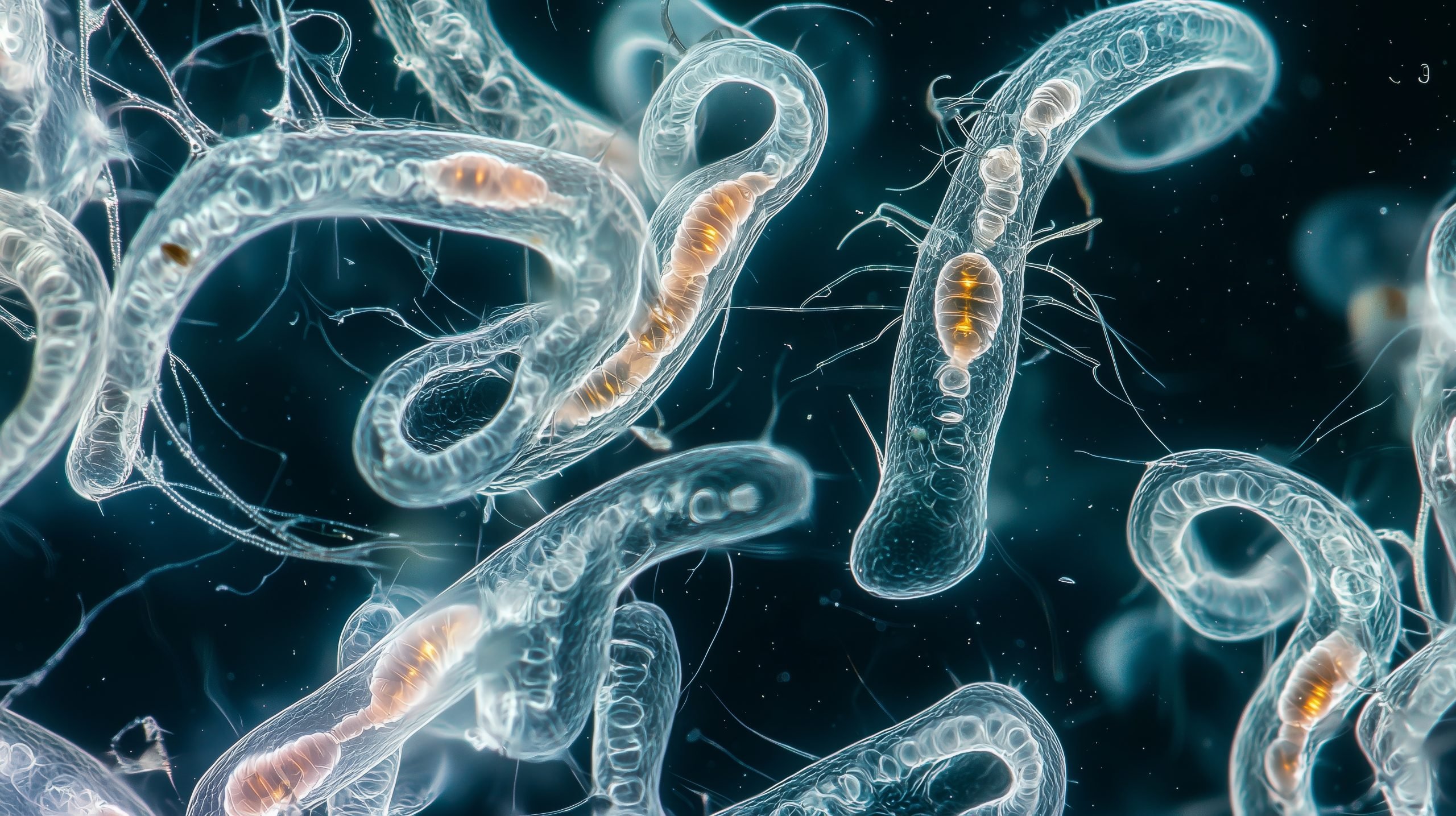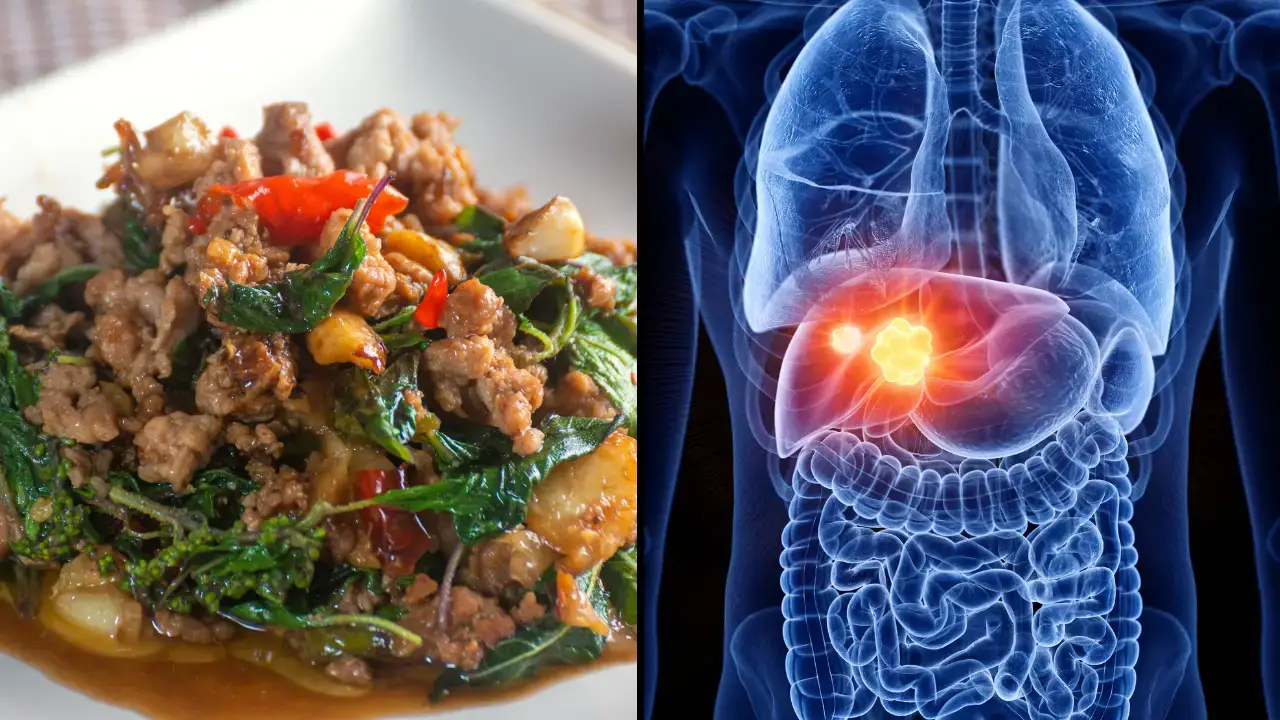A Single Bite Of This Thai Dish Can Give You Liver Cancer
A Thai dish, popular in the northeastern province of Isaan, has such severe carcinogenic properties that a single bite can cause cancer.
The dish may be responsible for a public health crisis, claiming up to 20,000 lives annually.
This raw fish dish has drawn the urgent attention of health professionals, particularly Dr. Narong Khuntikeo, a liver surgeon who lost both parents to liver cancer linked to the dish.
According to the Guardian, Dr. Khuntikeo has embarked on a mission to raise awareness of the health risks posed by koi pla, a dish rooted in tradition but laced with danger.
His campaign is focused on warning villagers about the risk of bile duct cancer, also known as cholangiocarcinoma, caused by parasites in the dish.

The dish is made from raw fish minced with spices, herbs, and lime, and is commonly eaten in Isaan, one of Thailand’s poorest regions.
Though the meal is beloved and widely consumed, the raw fish often carries parasitic flatworms known as liver flukes.
These parasites, native to freshwater fish in the Mekong region, have been directly linked to cholangiocarcinoma.
For those who contract this cancer, survival rates are low unless they undergo surgery, and the impact of consumption of this dish has made Isaan one of the regions with the highest rates of bile duct cancer in the world.
Dr. Khuntikeo’s work has brought a long-overlooked health threat into the spotlight.
He collaborates with a team of scientists, doctors, and anthropologists, who have spent years traveling to remote Isaan villages equipped with ultrasound machines and urine testing kits.
Testing has revealed a staggering level of parasite exposure: in some villages, as much as 80% of residents have ingested liver flukes.
“It’s a very big health burden around here,” Dr. Khuntikeo told Agence France-Presse, highlighting the silent nature of the disease and the way victims often ‘die quietly, like leaves falling from a tree.’

Testing efforts have uncovered alarming health data.
In one village screening, a third of the tested individuals exhibited liver abnormalities, with some found to have early-stage cancer.
For people like Thanin Wongseeda, a then-48-year-old villager from Kalasin province, learning about the risks was eye-opening.
Though his tests showed no signs of cancer, he admitted that he had eaten the dish, known as koi pla since childhood.
Reflecting the growing awareness, Thanin expressed his intent to stop eating koi pla, but this shift in attitude is still far from widespread.
While Dr. Khuntikeo’s efforts are gaining traction among some, resistance remains.
Koi pla is deeply entrenched in local culture, and the practice of eating raw fish is handed down through generations.
Cooking the dish is a possible solution, as heat can kill the liver flukes, yet many locals refuse because cooking changes the flavor.
“I used to come here and just catch the fish in the pond. It’s so easy to eat raw,” explained Boonliang Konghakot, a farmer from Khon Kaen province, adding that cooking the fish makes it taste sour.

To help turn the tide against this culinary custom, local health officials have introduced educational programs in schools, hoping to inform the younger generation about the risks associated with eating raw foods like koi pla.
Cartoon illustrations now educate children on the dangers, but the older generation is proving harder to convince.
Dr. Khuntikeo recalls frequent responses from older villagers who dismiss his warnings, saying: “Oh well, there are many ways to die.”
This resigned attitude reveals the deep-seated challenge he faces in trying to shift cultural habits and save lives.
The battle against the koi pla tradition underscores the delicate balance between preserving cultural heritage and protecting public health.
Dr. Khuntikeo’s personal story fuels his dedication to ending a preventable tragedy that has ravaged families across Isaan.
Although he understands the cultural significance of koi pla, he hopes people will choose to protect their health and that of future generations.
For now, his mission is clear: persuade as many people as possible to avoid a dish that, as he has seen firsthand, has a deadly cost.
Related Article: Student Dies After Drinking ‘Dangerous’ Lemonade From Popular Fast Food Chain
Related Article: Teenager Dies After Eating Tortilla Chip So Hot That He Passed Out
